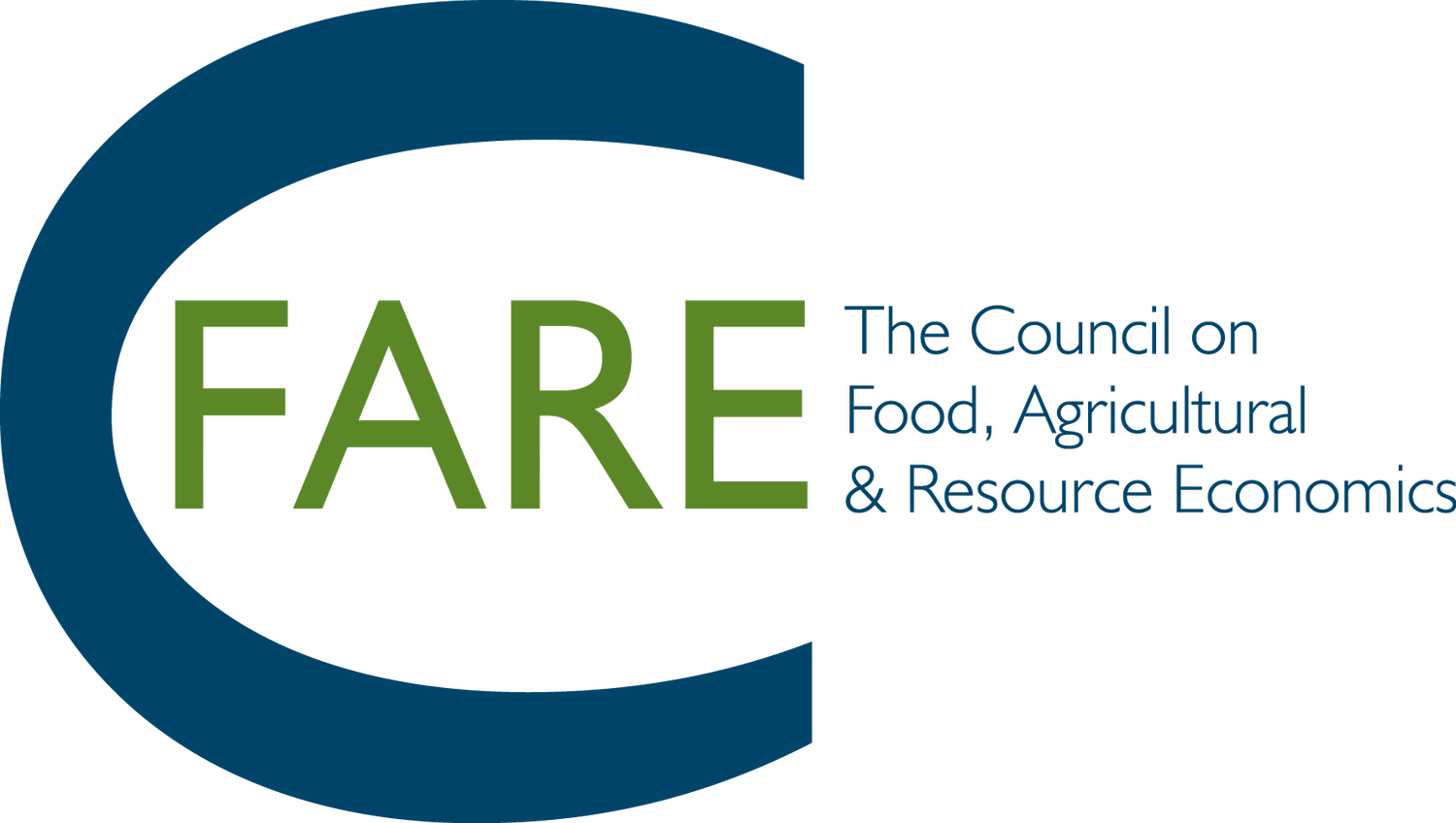Building the Capacity to Invest in Rural Prosperity Part II: Diving Deeper into the Development of Rural Capacity and Connectivity
To effectively leverage their assets for long-term, shared prosperity, rural communities need a robust local capacity with solid connections at the regional, state, and federal levels. Some rural communities have this strong, connected local capacity, while others do not. Historically challenged rural communities especially lack these critical capacities and connections to alter their future trajectories. Given these realities, how can federal policymakers and their partners best support rural communities as they work to build and maintain the capabilities necessary to create shared economic prosperity in the future?
This second of three webinars seeks to highlight the latest research and thought leadership on where capacity currently exists and how to build community and economic development capacity in rural communities across the United States, focusing on how to do so in the most historically disadvantaged places, and the important role of the federal government as a key partner.
C-FARE has assembled a panel of experts to discuss their work:
Chris Estes, Aspen Institute Community Strategies Group
Kelly Pohl, Headwaters Economics
Paige Kelly, Cornell University
Featuring moderation from Maria Marshall, North Central Regional Center for Rural Development, Purdue University.
To start off the webinar, Chris Estes opened with his presentation on rural community capacity-building. The Community Strategies Group has been working on rural issues for about 30 years and has created a report to be used as a toolkit for rural communities. To begin, community capacity is the combined influence of a community’s commitment, resources, and skills that can be deployed to build on community strengths and address community problems and opportunities. The Community Strategy Group created the Thrive Rural Framework as a tool to catalyze thinking and acting differently to achieve equitable prosperity for rural people and rural places.
As an example, local level building blocks are a component of the Thrive Rural Framework. Local level building blocks include conditions on the ground in rural places that individual rural communities or regions can act on by themselves. Each building block is necessary because it has an impact on being able to achieve more widespread and equitable rural prosperity.
The next panelist, Kelly Pohl, shared a presentation on Measuring Rural Capacity: A National Index. Pohl starts by introducing the city of Three Forks, Montana, a town of about 2000 near the Missouri river where new flood maps showed that a large portion of the city had high flood risk threatening hundreds of homes. However, the city took proactive measures to find a solution but has been unsuccessful in securing federal grants to support these efforts. Situations like this happen to hundreds of cities across the country, which lead to the development of the first of its kind, national capacity map.
The Rural Capacity index is available at three levels of geography: county, county subdivision, and community. These three levels are the jurisdictions that most often pursue federal funding. The Rural Capacity index evaluated many different metrics to include in the tool and settled on indicators such as local government staff, institutional capacity, economic opportunity, and education and engagement. Headwater Economic hopes this data can be used to address capacity gaps.
To close out the webinar, the final panelist, Paige Kelly, presented on Local Governments’ Capacity across the Rural-Urban Continuum: Implications for Community and Economic Wellbeing. Kelly starts off with how rural governments are faring regarding government capacity and how it influences their ability to address:
Fiscal and location-related challenges faced by local governments,
Public services,
Economic development policies, and
Collaborative synergies across local governments
This research examines local governments across both rural and urban communities in the U.S., specifically focusing on county governments because they cover large urban and small rural areas making them well suited for analyzing rural/urban differences. The data found that larger, urban governments will be better able to protect their poor and citizens at large while being players in an increasingly territorially competitive economic and federal/state policy government. Meanwhile, rural areas will continue to be left with minimalist governments, reinforcing historical patterns of spatial inequality.
This program is supported in part by the Agricultural and Applied Economics Association and the US Department of Agriculture’s Economic Research Service, and the National Agricultural Statistics Service.
Those who register but cannot attend our webinar can always view a recording of it later at the council’s YouTube channel.



